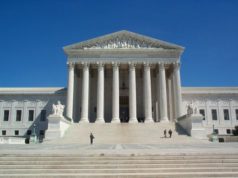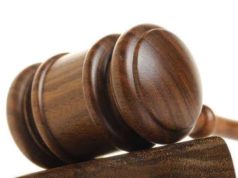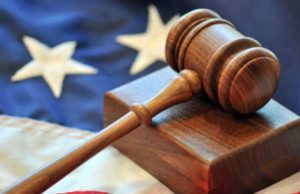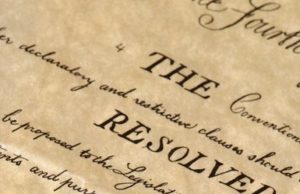
Judicial activism is a term used to describe the tendency of judges to make bold decisions on issues that may be controversial and complex. It typically refers to instances where judges interpret laws broadly, even if they may be biased or incomplete, to achieve certain outcomes or correct perceived injustices. Judicial activism is a significant concept in the development of democratic societies as it helps to balance the power among the executive, legislative, and judicial branches of government.
Activist judges are often criticized for going beyond the scope of their duties and disregarding the traditional role of the judiciary in maintaining law and order, interpreting the Constitution, and upholding the rule of law. Critics argue that judges should refrain from making policy decisions or political judgments, as it is beyond their purview. However, proponents of judicial activism emphasize that it is a necessary tool to ensure fairness, justice, and individual liberties.
In certain cases, judicial activism has been instrumental in bringing about positive social changes and protecting the rights of marginalized communities. Examples include the landmark Brown v. Board of Education case of 1954, which desegregated American schools and paved the way for equal educational opportunities. Another example is the 2015 Obergefell v. Hodges case, which legalized same-sex marriage nationwide in the United States.
However, judicial activism can also lead to negative consequences such as usurping the powers of the legislative branch, undermining public trust in the judiciary, and creating unpredictable outcomes. It can also lead to political polarization as different judges may interpret the same law in different ways depending on their ideologies.
In summary, judicial activism is often debated and scrutinized but remains a crucial aspect of the judicial process. It is an essential mechanism for protecting human rights, promoting social justice, and holding government institutions accountable. It is crucial to strike a balance between judicial activism and judicial restraint to ensure that the judiciary remains impartial, fair, and just.
An underlying tension in the history of the United States Supreme Court has been between the principles of programs for the alleviation of poverty experienced by many Americans during great depression. another proponent executive branch power, president Lincoln, criticized supreme court, prior to his election, decision restrict rights enslaved African-Americans and increase slave-owners in and judicial restraint.
In more recent American history, opposition to judicial activism has often been voiced by politicians and political commentators leaning toward the right of the political spectrum. Among these advocates for judicial restraint is currently sitting Chief Justice John Roberts, whose appointment to the bench by the George W. Bush Administration continued the Court’s rightward drift from the point of the Reagan-era Rehnquist court, which saw at least the principles of judicial activism curtailed.
A particularly fervent proponent of judicial restraint, the legal scholar Robert Bork, was submitted by the Reagan Administration to the bench in part for his strong opposition to judicial activism and was ultimately rejected for what many in the political arena objected to as his excessive stand on this issue. Though the judicial activism/judicial restraint debate need not be essentially political, some commentators have suggested that the increasing tendency to politicize Supreme Court decisions can make judicial activism a difficult element to extricate from the judgments. Doubts have thus been voiced as to whether the judicial activism/judicial restraint debates which have frequently been raised are at a basic level truly concerned with these issues, or if they are rather made in the spirit of opposing specific uses of judicial activism, as opposed to the practice as a whole.



























